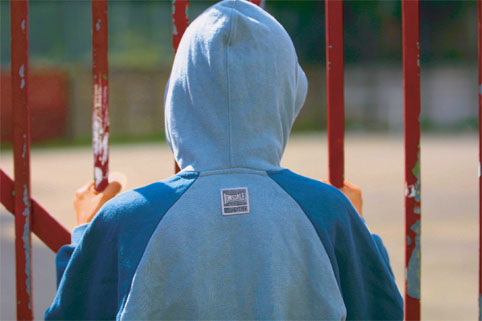
With the growing government emphasis on inclusion, the role of special schools has become marginalised in education policy. Yet for many children, inclusion in the mainstream is a route to failure. Howard Sharron met a head teacher of a special school, who has asked to remain anonymous, to discuss three children who failed to make it in the mainstream.
The ‘Window Smasher’
John was referred to my school as a violent child with unmanageable temper tantrums who was on the verge of permanent exclusion from his mainstream middle school. On investigation, it transpired that he had a very difficult home life that was being exacerbated by the attitude of his school.
John was eleven and lived with his mother and stepfather in deprived, really squalid conditions in the Midlands. His parents were both from traveller backgrounds. John was rejected totally by his biological father who had left the family home, but his mother remained very supportive. However, she was badly abused by her new partner, John’s stepfather.
John was ‘emotionally delicate’. The slightest upset would tip him over the edge and he would go from 0-10 in extreme behaviour in seconds. He would drop kick windows, throw rocks and bricks at people and scream and shout.